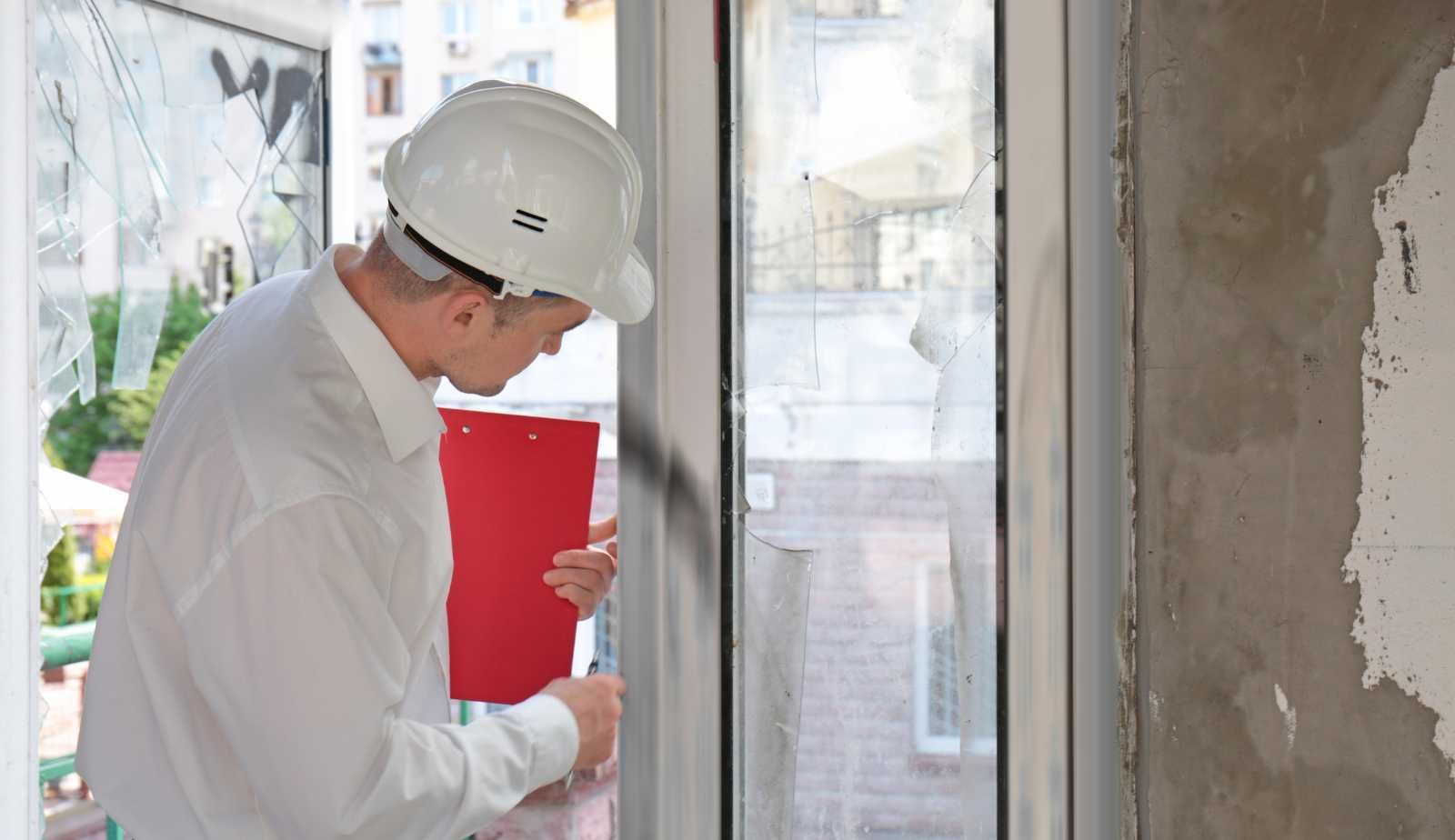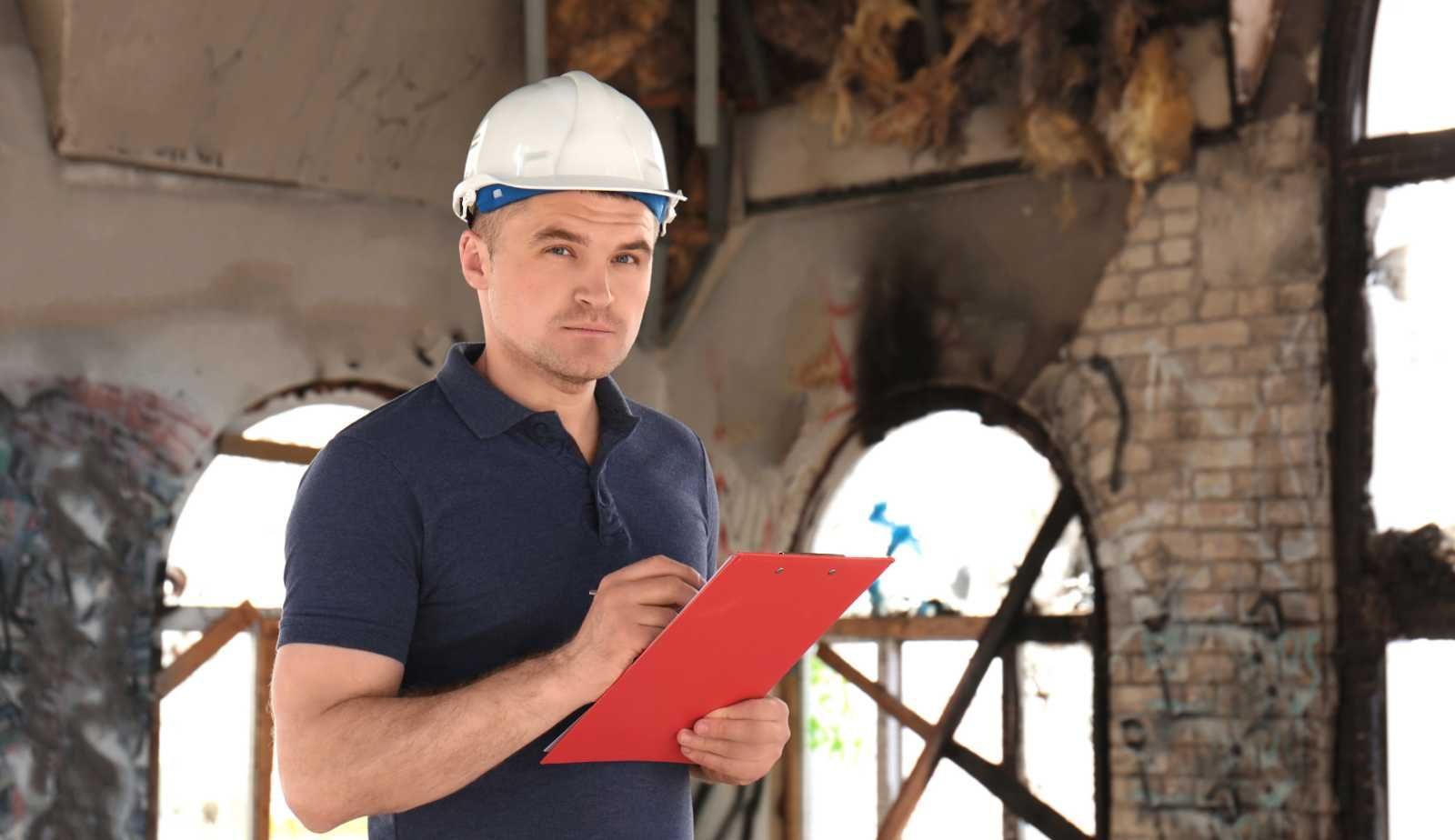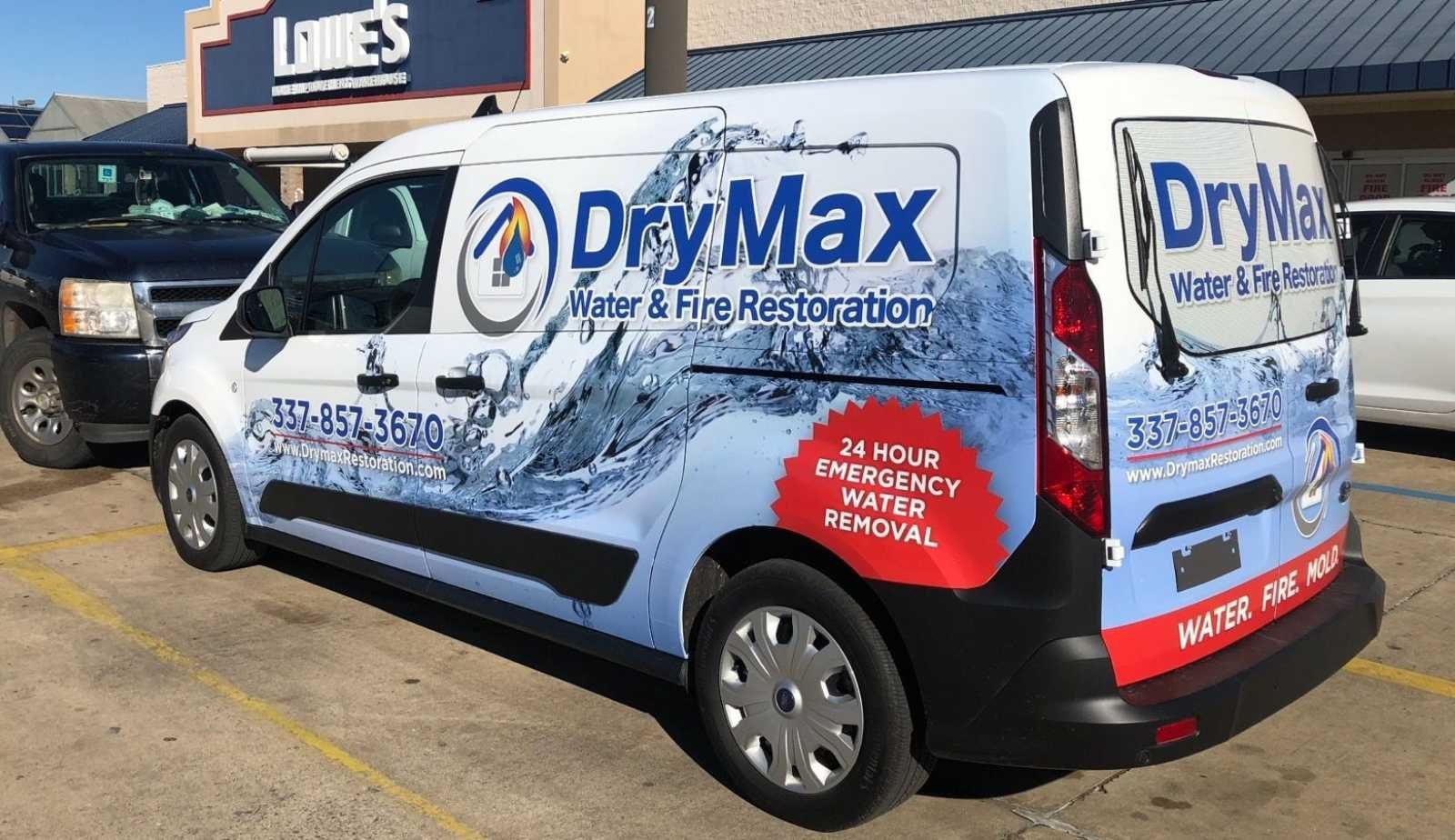Maximizing Water Damage Insurance Claims: The Crucial Role of Public Adjusters
The article explores the role of public adjusters in water damage insurance claims, highlighting their expertise in assessing and documenting damages, advocating for policyholders, and navigating the claims process to ensure fair compensation and efficient restoration services.

Public Adjusters in Water Damage Insurance Claims
Public adjusters play a pivotal role in assisting policyholders with their water damage insurance claims, ensuring that they receive the maximum settlement from their insurance companies. These licensed professionals bring expertise in assessing and documenting water damage, which is crucial for obtaining fair compensation. By advocating for policyholders and negotiating with insurance adjusters, public adjusters guide them through the complex claims process.
For example, consider a scenario where a homeowner experiences water damage due to a burst pipe. While the homeowner may assess the visible damage, a public adjuster can uncover hidden damages like moisture seepage into walls or flooring, ensuring that all aspects of the damage are accounted for in the insurance claim. This meticulous approach can lead to higher claim payouts and a more comprehensive resolution of the insurance claim.
Public adjusters are well-versed in interpreting insurance policies accurately, enabling them to navigate coverage terms effectively and secure maximum compensation for policyholders. In situations where policyholders may struggle to understand the nuances of their insurance policy, public adjusters step in to provide clarity and ensure that policyholders are not undercompensated for their losses. Their ability to decipher complex policy language and negotiate on behalf of policyholders sets them apart in advocating for fair treatment during water damage claims.
The Importance of Public Adjusters in Water Damage Claims
Public adjusters serve as essential allies for policyholders in water damage claims by meticulously identifying all facets of damage, including hidden damages that may go unnoticed. By going beyond surface-level assessments, public adjusters ensure that policyholders receive fair compensation for all affected areas. This attention to detail is exemplified in cases where water damage has led to mold growth. Public adjusters may accurately assess the extent of mold infestations and include them in the insurance claim documentation.
Public adjusters possess a profound understanding of insurance policies, allowing them to interpret coverage terms accurately and advocate for policyholders effectively. In instances where insurance companies may attempt to minimize claim payouts, public adjusters stand firm in protecting the interests of policyholders and ensuring they receive the maximum entitlement under their policy. Their expertise in negotiating with insurance companies and ensuring that policyholders are not taken advantage of highlights the crucial role they play in securing fair and just settlements for insurance claims.
In complex water damage scenarios where policyholders may face challenges in proving the extent of damage or understanding the coverage terms of their insurance policy, public adjusters provide expert guidance. By leveraging their knowledge and experience, public adjusters navigate the intricacies of the claims process, safeguarding policyholders from potential discrepancies and disputes that could delay or reduce their claim settlements. This proactive approach not only expedites the claims process but also facilitates the prompt initiation of water damage restoration efforts, ultimately leading to the swift recovery of the affected property.

Understanding the Intricacies of Water Damage Claims Process
Public adjusters play a vital role in assisting policyholders with documenting the full extent of water damage, which is essential for filing a successful insurance claim. Their expertise in evaluating the scope of damage goes beyond what policyholders may initially observe, encompassing hidden damages and secondary effects like mold growth. By meticulously documenting all aspects of water damage, public adjusters ensure that policyholders have a strong case to present to insurance companies, increasing the likelihood of a favorable claim settlement.
Policyholders benefit from the in-depth knowledge of public adjusters regarding the insurance claim process. Public adjusters guide policyholders through potential pitfalls and delays that may arise during the claims process, offering strategies to overcome these challenges efficiently. Their proactive approach in expediting the claims process not only accelerates the compensation timeline but also facilitates the timely restoration of water-damaged properties, minimizing further damage and ensuring a swift recovery.
In addition to expediting the claims process, public adjusters provide policyholders with peace of mind by managing the complexities of the insurance claim on their behalf. By shouldering the burden of documentation, negotiation, and communication with insurance adjusters, public adjusters allow policyholders to focus on the restoration of their water-damaged properties. This holistic support ensures that policyholders receive comprehensive assistance throughout the claims process, leading to a smoother and more efficient resolution of their insurance claim.
Role of Public Adjusters vs. Company Adjusters in Water Damage Claims
A significant distinction between public adjusters and company adjusters in water damage claims lies in their allegiance. While company adjusters represent the interests of insurance companies, public adjusters exclusively advocate for policyholders. This difference is crucial in ensuring that policyholders receive fair treatment and maximum compensation for their water damage losses. For instance, when a property sustains water damage, a company adjuster may prioritize cost-saving measures for the insurance company, potentially undervaluing the extent of the damage. In contrast, a public adjuster meticulously evaluates the damage to secure a fair settlement for the policyholder, highlighting their dedication to protecting policyholders' rights.
Public adjusters bring a wealth of experience and knowledge to the table, enabling them to counter insurance company tactics aimed at minimizing claim payouts. By advocating for fair settlements and proper restoration of water-damaged properties, public adjusters prioritize the needs of policyholders throughout the claims process. Their expertise in interpreting insurance policies accurately and negotiating effectively with insurance companies ensures that policyholders receive just compensation for their water damage losses, underscoring the invaluable role they play in safeguarding policyholders' interests.
In cases where insurance adjusters may dispute the extent of water damage or attempt to reduce claim payouts, public adjusters serve as staunch advocates for policyholders. Their ability to navigate the intricacies of insurance policies and counter insurance company strategies that could undermine fair compensation sets them apart in ensuring that policyholders receive the maximum entitlement under their policy. This personalized and client-centered approach distinguishes public adjusters from company adjusters, emphasizing their commitment to securing fair and equitable outcomes for policyholders in water damage claims.

Louisiana-Specific Regulations Impacting Water Damage Claims
Public adjusters operating in Louisiana are well-versed in the state-specific insurance laws and regulations that impact water damage claims. By understanding these regulations, public adjusters ensure that policyholders receive fair treatment and maximum compensation for their losses. Louisiana's regulations may influence the timeline and types of damages covered under insurance policies, necessitating expert guidance from public adjusters to navigate potential challenges effectively. For example, Louisiana's laws may dictate the documentation required for water damage claims, emphasizing the need for thorough and accurate reporting to support the claim.
Louisiana's regulations may shape the claims process timeline and the coverage available to policyholders in the event of water damage. Public adjusters play a crucial role in guiding policyholders through these regulations, ensuring that all requirements are met promptly and accurately to facilitate a successful claim outcome. By adhering to Louisiana's insurance laws and regulations, public adjusters advocate for policyholders' rights and work to secure fair and just settlements for water damage losses, demonstrating their expertise in navigating the intricacies of insurance claims in the state.
Public adjusters specializing in Louisiana-specific regulations provide policyholders with a competitive advantage in handling water damage claims, ensuring that they receive the compensation they rightfully deserve under state laws. By enlisting the services of knowledgeable public adjusters, policyholders can navigate the complexities of insurance claims with confidence, knowing that their interests are being safeguarded and their claims are being handled with expertise and precision.
Benefits of Hiring a Public Adjuster for Water Damage Claims
The benefits of hiring a public adjuster for water damage claims extend beyond securing fair compensation; they encompass a comprehensive approach to managing the insurance claim process. Public adjusters provide policyholders with professional representation that levels the playing field when negotiating with insurance companies. By advocating for fair settlements and accurately assessing water damage, public adjusters ensure that policyholders receive the maximum compensation they are entitled to under their insurance policy. This expert guidance can lead to higher claim payouts and a smoother resolution of the insurance claim.
Public adjusters alleviate the stress and burden of dealing with insurance claims, allowing policyholders to focus on restoring their water-damaged properties. By managing the documentation, negotiation, and communication with insurance adjusters, public adjusters streamline the claims process and expedite the compensation timeline. This holistic support enables policyholders to navigate the complexities of water damage claims with confidence, knowing that their best interests are being represented throughout the process.
In addition to providing expert assistance in handling insurance claims, public adjusters offer emotional and practical support to policyholders during the challenging period of dealing with water damage.
By shouldering the responsibilities of the claims process, public adjusters allow policyholders to prioritize the restoration of their properties and the well-being of their families. This personalized and attentive approach ensures that policyholders receive comprehensive assistance and guidance, making the daunting task of navigating water damage insurance claims more manageable and less overwhelming.

Challenges Faced by Policyholders in Water Damage Claims
Policyholders encountering water damage insurance claims often confront a range of challenges that can impede the claims process. One common issue is resistance from insurance adjusters who may attempt to minimize claim payouts by undervaluing the extent of the damage or disputing certain aspects of the claim. In such scenarios, public adjusters play a crucial role in advocating for policyholders and ensuring that they receive fair compensation for their losses.
Delays in claim processing can present significant hurdles for policyholders seeking timely resolution of their insurance claims. These delays not only prolong the uncertainty and stress associated with water damage but also hinder the prompt restoration of the property. Public adjusters step in to address these challenges by expediting the claims process and ensuring that policyholders receive timely compensation for water damage restoration efforts. By compiling thorough documentation of water damage effects and negotiating effectively with insurance companies, public adjusters help policyholders overcome delays and disputes, facilitating a smoother and more efficient resolution of their insurance claims.
In cases where policyholders face disputes over the extent of water damage or encounter resistance from insurance adjusters, public adjusters provide invaluable support in compiling detailed documentation and advocating for fair settlements. By leveraging their expertise and experience, public adjusters navigate the challenges of water damage claims efficiently, ensuring that policyholders receive the compensation they rightfully deserve for their losses. Their proactive approach in addressing common challenges faced by policyholders underscores the crucial role they play in safeguarding policyholders' interests and facilitating a successful resolution of water damage insurance claims.
Testimonials and Success Stories of Public Adjusters
Testimonials from homeowners who have engaged public adjusters for water damage claims offer insights into the effectiveness and value of their services. Homeowners often praise public adjusters for their ability to secure fair and just settlements, highlighting the expertise and dedication that public adjusters bring to the table. For instance, testimonials from satisfied clients emphasize the responsiveness, professionalism, and positive outcomes achieved through the assistance of public adjusters in handling water damage claims. These testimonials serve as a testament to the invaluable role that public adjusters play in ensuring that policyholders receive the compensation they deserve for their water damage losses.
Reputable public adjusters like Goodman-Gable-Gould/Adjusters International have a proven track record of successfully representing policyholders in water damage claims, leading to favorable outcomes. Clients who have worked with such public adjusters often commend their expertise, responsiveness, and commitment to securing fair settlements. By sharing their success stories, these clients underscore the importance of professional representation in navigating the complexities of insurance claims and advocating for policyholders' best interests. The testimonials and success stories of public adjusters serve as compelling evidence of their ability to deliver positive results and ensure that policyholders receive fair treatment throughout the claims process.
Public adjusters like Goodman-Gable-Gould/Adjusters International have been instrumental in assisting families along the East Coast in recovering from major water damage incidents. By strategizing and creating the right claims strategy, public adjusters have enabled homeowners to secure fair settlements and facilitate full restoration of their properties. Testimonials from clients highlight the expertise, responsiveness, and outstanding services provided by public adjusters, reinforcing the importance of professional representation in achieving successful outcomes in water damage insurance claims. These testimonials underscore the critical role that public adjusters play in advocating for policyholders and ensuring that they receive just compensation for their water damage losses.
Drymax Services for Water Damage Restoration
DryMax offers comprehensive water damage restoration services designed to address the unique needs of property owners facing water damage issues. Their services include mold remediation, contents cleaning, and CIRS mold testing, ensuring thorough restoration of water-damaged properties. For instance, in cases where water damage has led to mold growth, DryMax's expertise in mold remediation enables them to eradicate mold infestations effectively, safeguarding indoor air quality and property integrity.
With a team of trained technicians, DryMax serves various areas in Louisiana, providing expert assistance in water damage restoration and insurance claim processing. These professionals are well-equipped to handle a wide range of water damage scenarios, ensuring prompt and efficient restoration of affected properties. By leveraging their expertise and state-of-the-art equipment, DryMax guarantees that water-damaged properties are restored to their pre-loss condition, protecting against further damage and ensuring a safe and habitable environment.
Property owners in Louisiana seeking professional assistance with water damage restoration and insurance claims can rely on DryMax for expert support. By contacting DryMax at (337) 366-0900 or visiting their website, individuals can access specialized services that prioritize efficient restoration processes and fair insurance claim settlements. The collaboration between public adjusters and restoration experts like DryMax exemplifies a holistic approach to handling water damage incidents, ensuring that policyholders receive comprehensive support and successful outcomes in their insurance claims.
Advocacy and Expertise in Water Damage Claims
Public adjusters play a critical role in assisting policyholders with water damage insurance claims, ensuring that they receive fair compensation for their losses and efficient restoration services. By advocating for policyholders and navigating the complexities of insurance claims, public adjusters serve as invaluable allies in safeguarding policyholders' interests and securing just settlements. The collaboration between public adjusters and specialized restoration companies like DryMax exemplifies a comprehensive approach to handling water damage incidents, offering policyholders the expertise and support needed to navigate the claims process successfully.
For those facing water damage challenges, enlisting the services of public adjusters and restoration experts can make a significant difference in the outcome of insurance claims, leading to prompt and fair resolutions that prioritize the restoration and recovery of affected properties.
You might also like
DryMax Restoration Blogs




